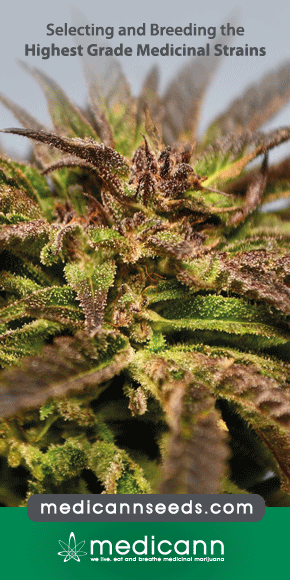Cannabis Use is Associated with Lower Odds of Prescription Opioid Analgesic Use Among HIV-Infected Individuals with Chronic Pain
Abstract
BACKGROUND:
Chronic pain is common in the United States and prescribed opioid analgesics use for noncancer pain has increased dramatically in the past two decades, possibly accounting for the current opioid addiction epidemic. Co-morbid drug use in those prescribed opioid analgesics is common, but there are few data on polysubstance use patterns.
OBJECTIVE:
We explored patterns of use of cigarette, alcohol, and illicit drugs in HIV-infected people with chronic pain who were prescribed opioid analgesics.
METHODS:
We conducted a secondary data analysis of screening interviews conducted as part of a parent randomized trial of financial incentives to improve HIV outcomes among drug users. In a convenience sample of people with HIV and chronic pain, we collected self-report data on demographic characteristics; pain; patterns of opioid analgesic use (both prescribed and illicit); cigarette, alcohol, and illicit drug use (including cannabis, heroin, and cocaine) within the past 30 days; and current treatment for drug use and HIV.
RESULTS:
Almost half of the sample of people with HIV and chronic pain reported current prescribed opioid analgesic use (N = 372, 47.1%). Illicit drug use was common (N = 505, 63.9%), and cannabis was the most commonly used illicit substance (N = 311, 39.4%). In multivariate analyses, only cannabis use was significantly associated with lower odds of prescribed opioid analgesic use (adjusted odds ratio = 0.57; 95% confidence interval: 0.38-0.87). Conclusions/Importance: Our data suggest that new medical cannabis legislation might reduce the need for opioid analgesics for pain management, which could help to address adverse events associated with opioid analgesic use.
Source:Pubmed



